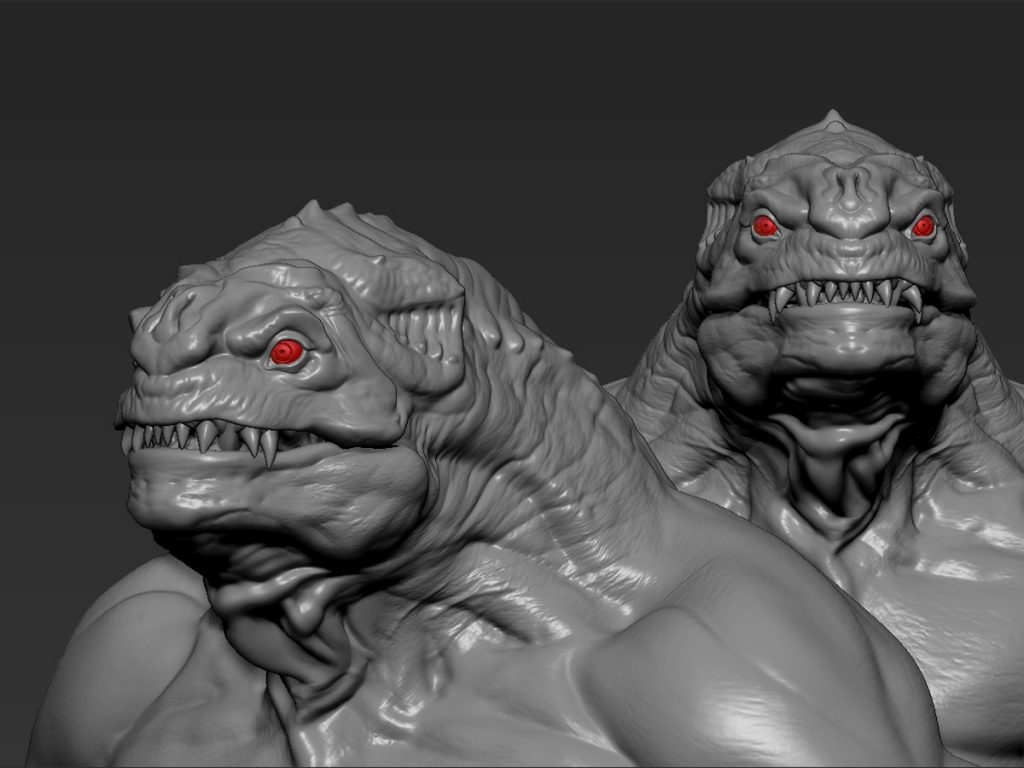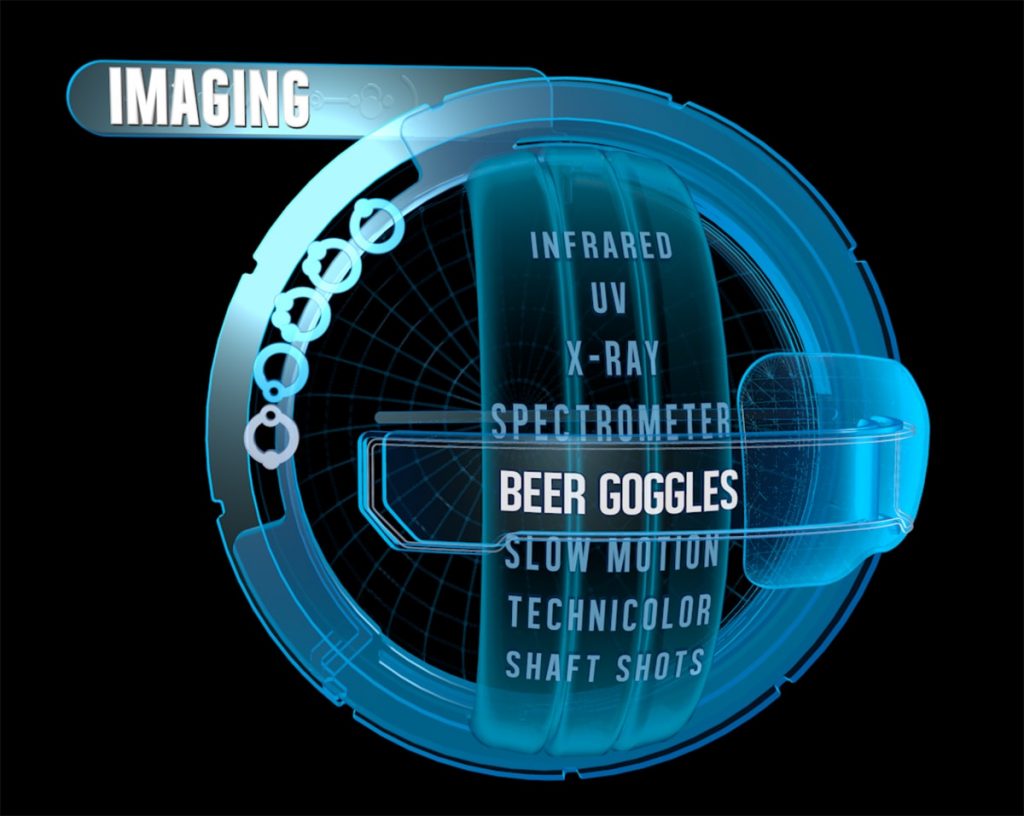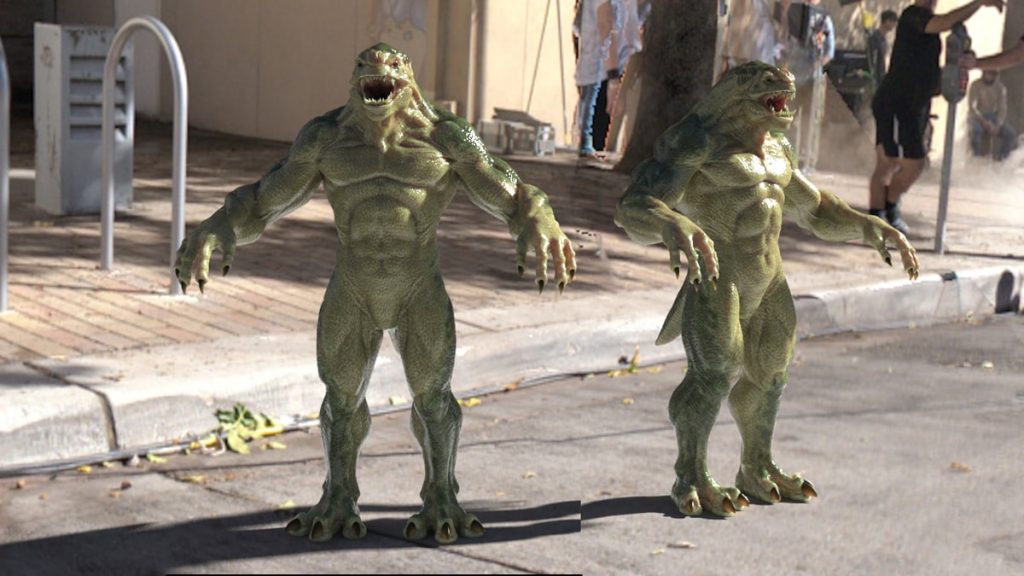We all know that the traditional film distribution methods are being disrupted more and more every year. Big films that audiences love still dominate at the multiplex (indeed, film studios absolutely rely on them). But smaller and mid-sized films have struggled more recently to find a place at the cinema and even in home and online release, let alone get their initial funding. That’s why the release of Lazer Team from Rooster Teeth, the outfit famous for Red vs. Blue, offers a great example of the possible future in low-budget but highly ambitious film releases.

Firstly, Lazer Team, envisaged as a sci-fi action comedy, was crowd funded via Indiegogo to the tune of $2.4 million (raised in just a month). With a successful campaign under its belt and a wealth of online support, the film shot for 40 days in Austin and New Mexico towards the end of 2014. Many practical solutions were utilized to tell the alien invasion tale, but another big component of the film became its absolute reliance on visual effects to tell its story – 1,100 shot in total. More on these, and the innovative ways shots for the low budget pic were handled, below.
https://www.youtube.com/watch?v=zoGNNBNimnA
Once complete, Lazer Team began a round of one-off in-cinema screenings, starting with Fantastic Fest in Austin in September 2015, and then around the globe. The Tugg platform was used to help determine where the most interest would lie for a screening. Since Rooster Teeth already had such a massive network of loyal supporters, these screenings – totalling 480 – were often full (and importantly brought in receipts, too). Of course, crowd funding supporters also got their special downloads of the film. Finally, in February 2016, Lazer Team was made available for streaming on YouTube’s brand new paid subscription service called YouTube Red.
Lazer Team’s no fear with VFX
Of course, these distribution methods have not necessarily guaranteed the success of the film, but they do show there are new and varied ways to get your film out there. And in a similar way to how the filmmakers sought out new ways of support and distribution, they had no fear in infusing Lazer Team with large-scale visual effects – for aliens, spacecraft, battle suits and a significant number of HUDs and graphic displays.

Charged with orchestrating most of the 1,100 effects shots was Moontower Productions with 15-20 artists on hand during production, headed by visual effects supervisor Ray Peña and CG supervisor Greg Omelchuck. Some other companies also contributed to particular sequences, while Rooster Teeth’s Brian Behm was embedded at Moontower as motion graphics supervisor. In a roundtable examination of Lazer Team’s visual effects, fxguide sat down with Peña, Omelchuck and Behm to discuss the work. Here’s a rundown, from them, on just some of the big sequences from the film.
The battle suit
A major premise of Lazer Team is the discovery of an alien battle suit by four unwilling bystanders who witness the crash of a UFO. When they each put on a different part of the suit, it attaches to their bodies and won’t let go, but also gives them special powers.
https://www.youtube.com/watch?v=Yb1s6n9HNOU
For example, Woody (Gavin Free) dons the helmet which has the power of increasing his intelligence. It also literally magnified the appearance of his head, something that became an early discussion point in VFX meetings. Peña took it upon himself to do a test, filming his face covered in some markers in front of a camera and then magnifying his face through a simple 3ds Max model of a helmet and comp’ing it in After Effects.
While generating some laughs it also showed Moontower could complete the task. The final effect, coupled with numerous visor replacements made necessary by a cold winter during the shoot, involved a tracking and digital helmet replacement approach.
https://www.youtube.com/watch?v=UFKRmyN_eHU
CG suit parts were also crafted for a shield, arm piece and boots. The boots worn by Herman (Colton Dunn), in particular, had to match live action practical versions and occasionally emit running streaks. There were accomplished in 3ds Max by tracking a spline out of the path of the books and attaching a ribbon of mesh that had a texture painted onto it with a fall-off transparent shader. Once rendered out, the streak effects was comp’d in NUKE.
In one scene, Herman uses his power boots to push a truck at speed. To acquire the live action photography, Dunn was filmed sitting on a bicycle seat mounted to the back of the truck with his feet dangling down. Photo reference of the truck and tailgate were acquired on set and then re-built in CG. Artists also replaced Dunn from the chest down with digi-double legs, boots and dust (a full digi-double of the actor was built for various scenes).
https://www.youtube.com/watch?v=mR8Wjgj96Kk
HUDs and graphics
Available from within Woody’s helmet are head up display (HUD) graphics, which Behm produced. They had to help tell the story, occasionally be humorous and also occasionally hint at alien tech. Behm built the UI in Cinema4D but then developed a spinner graphic inside After Effects.

This was crafted with geometry already created and brought over from Video Copilot. Then, using multiple pre-comps as image maps projected on geo in Element 3D along with AE expressions, Behm could use some slides to move positions of layers in the pre-comps to make it appear as if the elements were spinning inside.
https://www.youtube.com/watch?v=IsNe9Q6wUco
In Element 3D, Behm could tell the layers to interact additively – that mean he could create transparent layers inside the spinner and then use some expressions to drive opacities of the various layers. This is what made them seem to spin and move around. Finally, using a lens smudge plugin to AE, a final comp with the visor helped sell the HUD look.
https://www.youtube.com/watch?v=ltiKqc-T-Mg
Creature creation
For an alien battle sequence at the start of the film, Moontower embarked on some detailed R&D to bring the lizard-like creatures to life. This involved generating a detailed muscle system with vector displacement maps – effectively an advanced muscle system on a budget. Here, a modeler would craft several poses – arms out, knees bent etc.

Then, the muscles would be sculpted out and a displacement map baked from that. In 3ds Max, a TD used a node-based modified system to produce rotations in the arms, legs, torso etc of the aliens that would drive the vector displacement map to simulate the skin folds and muscles underneath the skin.
https://www.youtube.com/watch?v=G44PbkFl9h0
For more on Lazer Team, head on over to the official website: http://www.lazerteamthemovie.com/
